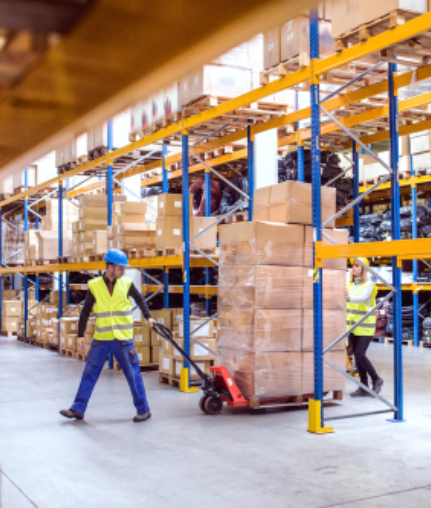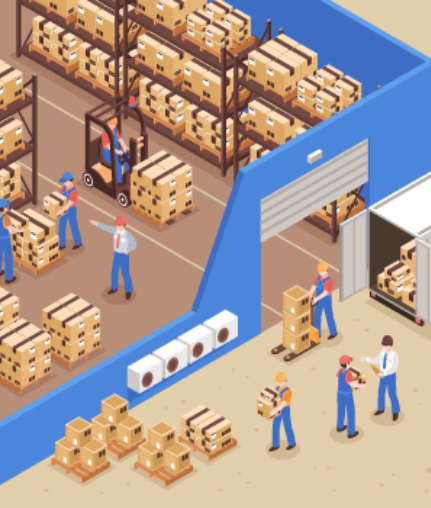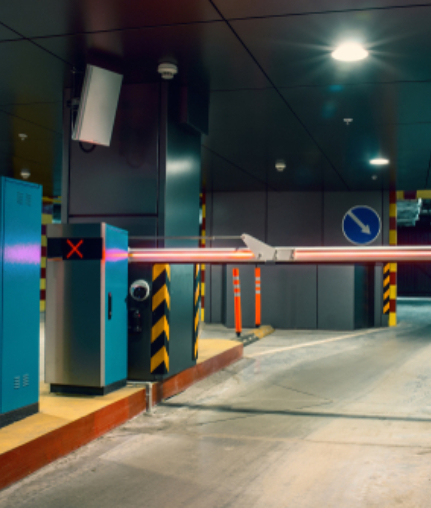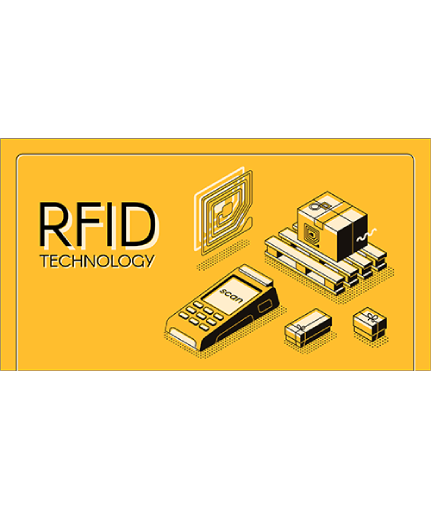
Cable Label Standards: ANSI TIA 606-B
ANSI/TIA-606-B is a widely accepted standard that establishes the labeling and record keeping standards for telecommunications and network systems in data centers. The standard identifies what needs to be labeled and recommends an organized identification structure that is harmonized with the ISO/IEC TR14763-2-1 international identification structure. Underlying Labeling Principles of 606-B Labels must be logical and consistent across…
Cable Label Standards: ANSI TIA 606-B
Cable Label Standards: ANSI TIA 606-B
ANSI/TIA-606-B is a widely accepted standard that establishes the labeling and record keeping standards for telecommunications and network systems in data centers. The standard identifies what needs to be labeled and recommends an organized identification structure that is harmonized with the ISO/IEC TR14763-2-1 international identification structure.
Underlying Labeling Principles of 606-B
- Labels must be logical and consistent across all locations and match project drawings.
- Labels must identify the associated physical locations (building, room, cabinet, rack, port, etc.)
- Labels must be legible, durable, and capable of surviving for the life of the underlying component.
- The labeling scheme must be agreed upon by all stakeholders.
- Labels should be pervasive; cables and connecting hardware should be labeled, but so should conduits and firestops, grounding and bonding locations, racks, cabinets, ports, and telecommunications spaces.
Label Requirements
- All labels must use a permanent identifier that can be easily traced — that is, a useful numbering scheme. This scheme must be logical in its organization, using alphanumeric characters for ease of reference.
- Each cable and each pathway must be labeled on each end, and each label should identify the termination points of both ends of the cable.
- Labels for station connections may appear on the faceplate.
- All jack, connector, and block hardware may be labeled on either the outlet or panel.
- All labels must match up with the permanent record.
Wire Color Coding
Color labels or bands are not required, but are recommended by 606-B:
- Orange – Demarcation point (e.g., central office termination)
- Green – Network connections on the customer’s side of the demarcation point
- White – First-level backbone: main cross-connect to a TR (e.g., telecommunications room) in the same building
- Gray – Second-level backbone: cabling between two TRs, or between an intermediate cross-connect and a TR in a remote building
- Brown – Interbuilding backbone cables (e.g., across a campus)
- Blue – Termination of horizontal cabling at the closet end only
- Purple – Common equipment: PVBX, LANs, and individual computers
- Yellow – Auxiliary circuits, such as alarms and security systems
- Red – Key telephone systems termination
Record Keeping Recommendations
- Secure and back-up all drawings and documents.
- Document all moves, adds, and changes (MACs) with a change order.
- Record and update all MACs in the permanent records.
- Cross-reference all identifier information in permanent records.
ANSI/TIA-606-B Identification Example
The following example identifies the termination point for both ends of the cable, with the near end shown first:
4BK01-55:50/DC.C03-14:04
Each section of that marking has a specific meaning, broken down here:
4BK01 – This element identifies the rack location at the near end of the cable. In this case, the “4” indicates the fourth floor, “BK” indicates the brokerage department, and “01” is for the first cabinet in that fourth-floor marketing equipment room.
-55 – This element identifies the patch panel that is located 55 rack units from the bottom of the cabinet (specified as 4BK01 just previously.)
:50 – This element identifies the specific port in the patch panel. This is port 50.
/ – This element separates the near end identification from the far end identification.
DC.C03 – The first element identifies the cabinet location, but this time for the far end of the cable. In this case, the far end of the cable is in the Data Center (DC); it will be the third cabinet in row “C.”
-14 – This element identifies the patch panel located 14 rack units from the bottom of the cabinet in question, C03.
:04 – This element identifies the specific port in the patch panel.
In a proper system, this cable would have a corresponding label on the other end which would read:
DC.C03-14:04/4BK01-55:50
The information is the same, but the order is reversed, reflecting the reversal of the “near” and “far” ends.




